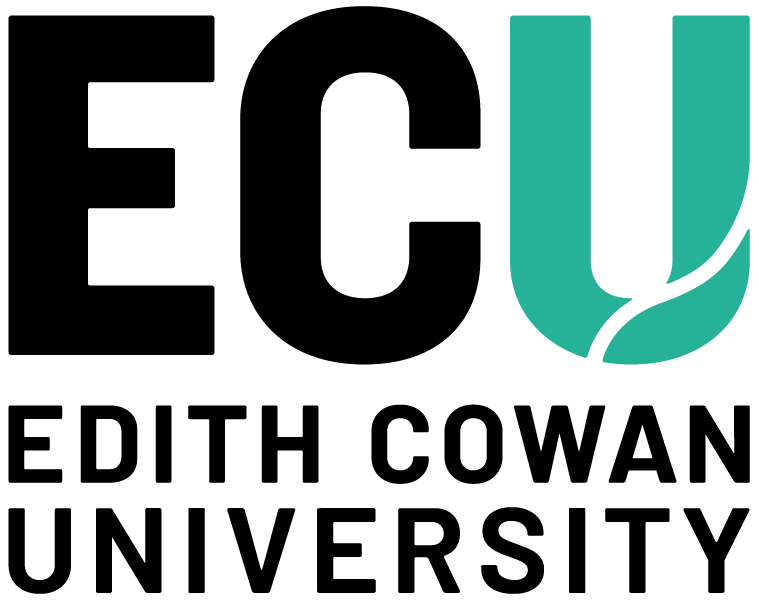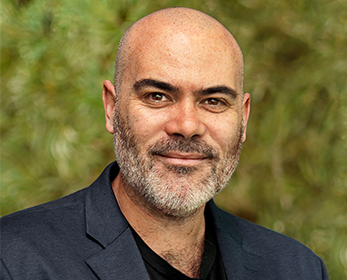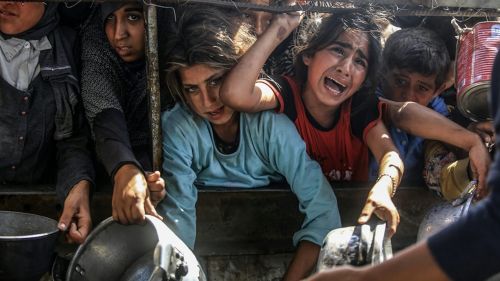It is time to rethink how we measure differences in outcomes for Aboriginal and Torres Strait Islander peoples.
For decades the gap in health, education, economic and social outcomes has been illustrated by comparisons between Indigenous and non-Indigenous Australians. We argue that closing the gap might be better served by comparing outcomes within the diverse Indigenous Australian populations.
Firstly, there is no single Indigenous population — or a non-Indigenous one for that matter. There is a diversity of populations with a diversity of outcomes, of risk and protective factors, geographical locations and historical experiences. How the outcomes vary between these populations would be much more informative than lumping them altogether with a non-Indigenous population. For example, only 18 per cent of Indigenous families in WA live in remote communities; many think that the majority do. Most Indigenous families live in cities or rural towns.
Secondly, outcomes in child mortality, early childhood education, school attendance, literacy and numeracy, Year 12 attainment, employment and life expectancy are complex and often the result of a mix of forced removals, marginalisation, racism, poverty and inter-generational trauma. Very few non-Indigenous people have had the same complexity of problems as Indigenous Australians, making comparisons difficult.
When we look at the data on Indigenous populations, some outcomes have improved, but those in the non-Indigenous group have improved more and hence the gap is still there. A gap analysis focuses on the negative — how poorly Indigenous people are faring compared with non-Indigenous, and not the positive. We should examine and applaud the proportion of Indigenous people who are meeting targets.
Noongar woman Professor Sandra Eades, has a well-funded cohort study of Aboriginal youth called Defying the Odds, which is analysing why so many of these young people do so well, in spite of their histories of trauma and neglect. As a research leader, she is making major contributions to the health and wellbeing of Aboriginal children by concentrating on these positive pathways. Such knowledge will inform preventive strategies more than the negative risk factors.
A comparison between Indigenous Australians could identify those who are performing well on the targets set for closing the gap and those who are not. If we also gathered information, much of which may be already available, on the characteristics of these different groups, it would answer the question as to why these groups were achieving better outcomes. This then could guide interventions to improve outcomes.
Comparisons between other Indigenous peoples in other countries could also compare why they might be faring better than those in Australia and what policies and practices are influencing such successes. There is very good evidence from Australia and overseas that major factors in improving outcomes include strong culture, strong First Nations councils, Aboriginal community-controlled organisations and having access to land. And of course, access to services which are welcoming and trusting.
If ever there was a rationale for having an Indigenous Voice enshrined in the Constitution, this is it.
There is really no excuse now for Indigenous people not to be given the capacity to control their own destinies. It is being called for by a beautiful Statement from the Heart, which was virtually a consensus from all Indigenous Australians across the nation.
There are national First Nations movements of strength which would enable them to take over the closing the gap process. There are rich examples of the success of services that are initiated and implemented by Indigenous experts, or in close collaboration with them. These include the remarkable response to COVID, in which Indigenous populations had six times fewer cases that non-Indigenous groups across Australia, and studies which show that having Aboriginal doulas improves all birth outcomes for babies and their mothers in Indigenous communities.
As well, OCHRe (Our Collaborations in Health Research) an Indigenous research network has been developed with National Health and Medical Research Council funding; this is a truly national, collaborative and capacity building group of health researchers funded to manage their own data and research. In other areas of research and policy development, such as education, disability, housing and justice, Indigenous researchers are increasingly working in key institutions and services to make a difference to outcomes.
Rather than just repeatedly reporting on a rather facile "gap" year after year, let's get serious about really improving Indigenous Australians' chances in this country. They and we have so much to gain.
Professor Fiona Stanley is the founding director of Telethon Kids Institute and was the 2003 Australian of the Year. Professor Dan McAullay is Dean of Kurongkurl Katitjin at Edith Cowan University and Director of Aboriginal research.
This article was first published in The West Australian.

 Professor Dan McAullay, Dean of Kurongkurl Katitjin and ECU's Director, Aboriginal Research.
Professor Dan McAullay, Dean of Kurongkurl Katitjin and ECU's Director, Aboriginal Research.



